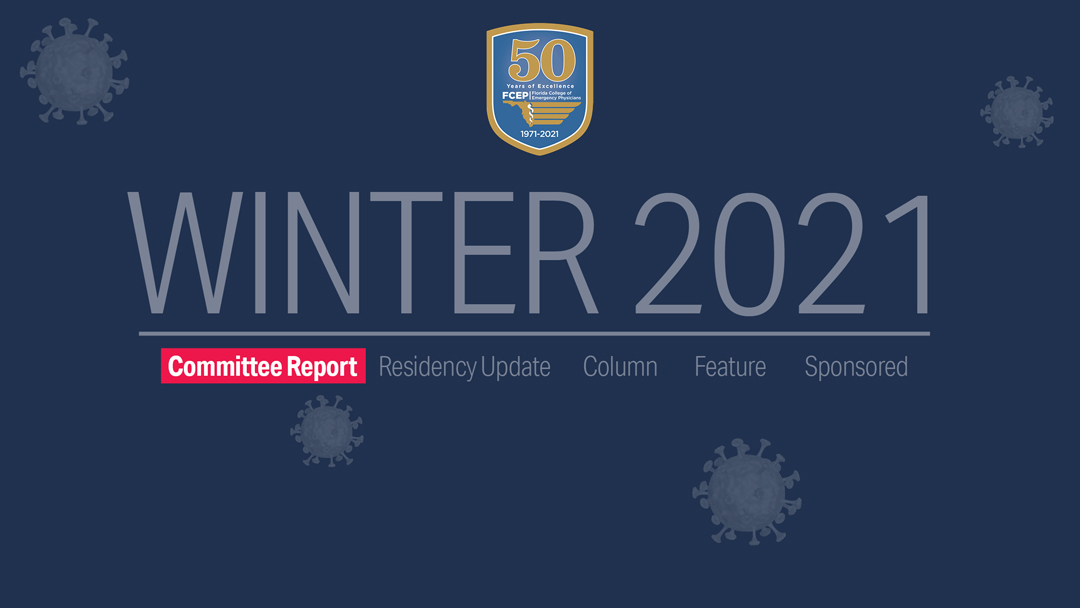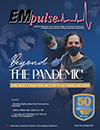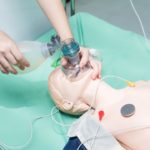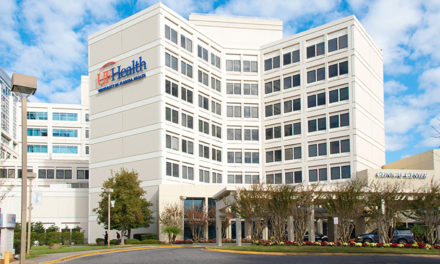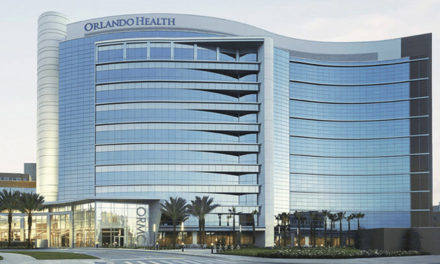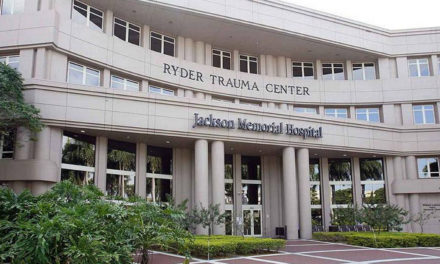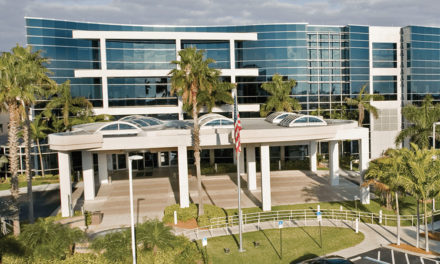Winter 2021: EMS/Trauma
The EMS/Trauma committee meeting in November focused on COVID vaccinations and NAEMSPs joint position statement on ketamine use, including the phenomenon known as excited delirium. An overview of excited delirium, written by one of our FAEMSMD medical directors who has spent a considerable time developing expertise on this topic, is included in this update.
COVID Vaccinations
At the FAEMSMD meeting, State EMS Medical Director Dr. Ken Scheppke discussed the vaccine’s high efficacy rates as being a significant victory in the fight against COVID-19. He wants to ensure that paramedics administering vaccines have a basic education in vaccine delivery, and created a great vaccination overview that was emailed out to members of the EMS community. An estimated 60-70% population immunity is needed to stop the spread of COVID-19.
Stay safe out there, and remember that what you do matters!
Ketamine for Excited Delirium
By Jason Jones, MD, FACEP
Paramedics and EMTs face the possibility of violence and injury on every response to the uncontrolled prehospital setting. One systematic review found that most EMS personnel have suffered violence while on duty, and it estimated that verbal abuse or physical violence occurs during 1-8% of ambulance responses. [1] The threat of injury to EMS crews is especially high when caring for patients with a controversial and often violent condition known as excited delirium syndrome (ExDS).
ACEP has recognized ExDS as a clinical syndrome since 2009. [3] Although ExDS has no universally-accepted definition, a 2017 systematic review identified its most common features as “hyper-aggressive behavior with superhuman strength, a combative attitude toward the police, hyperactivity, bizarre behaviors, unusual pain tolerance and hyperthermia.” [2] Though ExDS is a rare condition (2 per 10,000 EMS responses), it carries an exceptional risk of “sudden and unanticipated” death, with mortality estimated between 8-16%.
Chillingly, that systematic review also found that no ExDS management approach was free of patient deaths. These included conducted energy weapons, irritant sprays, physical restraints, and common medications for agitation control. The authors concluded that “excited delirium syndrome is a real clinical entity [which] still kills people.”
Guidelines generally focus on rapidly resolving agitation, reducing the physical struggle, addressing metabolic acidosis and unchecked catecholamine surge, supporting ventilation, and avoiding hyperthermia. [4] Any ideal approach must minimize physical struggle and avoid poor respiratory mechanics, such as prone positioning, as both are felt to contribute substantially to mortality.
Ketamine is uniquely suited to achieve rapid control, as it can dissociate patients after a single IM dose. While benzodiazepines and antipsychotics are the traditional therapy for agitated patients, [5] these may be impractical when patients are dangerous, violent or suffering from ExDS. In one study, ketamine resolved agitation more quickly than midazolam, lorazepam, haloperidol, or their combination. [6]
Ketamine is unlikely to resolve the underlying process causing agitation. Rather, it should be viewed as a mechanism to gain rapid control of violently agitated patients, followed by physical restraints and rapid EMS transport to an emergency department. Ketamine has an excellent safety profile, though published rates of intubation after administration for ExDS vary from 0% to more than 50%. Consequently, personnel should focus intently on ventilatory status and recognize that dissociated patients will, by nature, be minimally responsive with a diminished GCS.
In 2020, leading EMS organizations, including the National Association of EMS Physicians (NAEMSP), published a position statement supporting the use of ketamine as “an effective method of protecting the violent or combative patient from self-injury” and detailed its use. [7] ■
References
- Pourshaikhian M, et al. A Systematic Literature Review: Workplace Violence Against Emergency Medical Services Personnel. Arch Trauma Res. 2016 Jan 23;5(1).
- Gonin P, et al. Excited Delirium: A Systematic Review. Acad Emerg Med. 2018 May;25(5):552-565.
- DeBard ML, et al. ACEP Excited Delirium Task Force. White Paper Report on Excited Delirium Syndrome. 2009.
- Vilke GM, et al. Excited Delirium Syndrome (ExDS): defining based on a review of the literature. J Emerg Med. 2012 Nov;43(5):897-905.
- Linder LM, et al. Ketamine for the Acute Management of Excited Delirium and Agitation in the Prehospital Setting. Pharmacotherapy. 2018 Jan;38(1):139-151
- Riddell J, et al. Ketamine as a first-line treatment for severely agitated emergency department patients. Am J Emerg Med. 2017 Jul;35(7):1000-1004.
- Kupas D, et al. Clinical Care and Restraint of Agitated or Combative Patients by Emergency Medical Services Practitioners. National Association of EMS Physicians (NAEMSP). 2020 Oct. Available at: naemsp.org/NAEMSP/media/NAEMSP-Documents/Clinical-Care-and-Restraint-of-Agitated-or-Combative-Patients.pdf
This article is part of the following sections:

